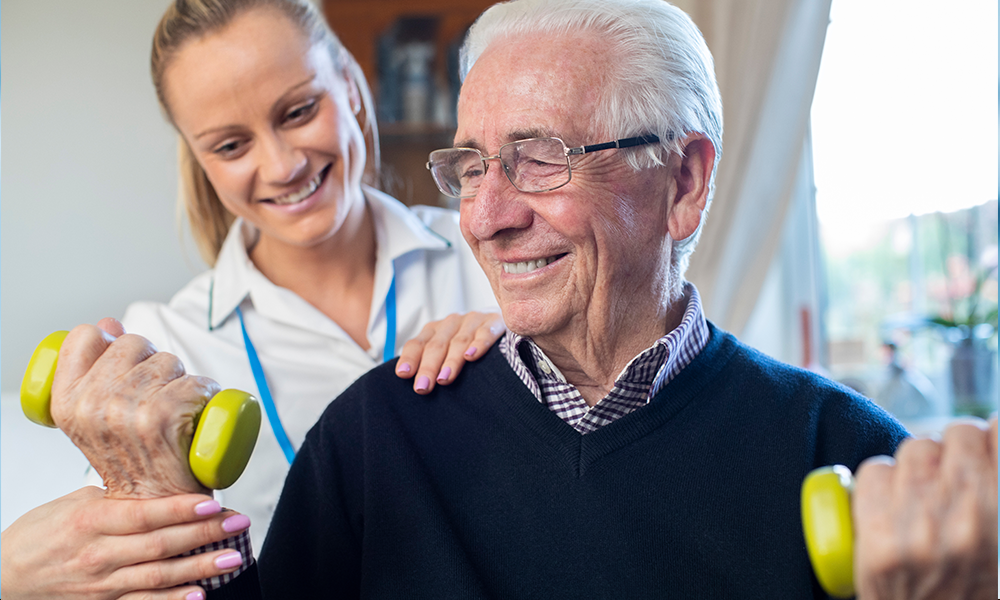Many accidents cause severe head and neck injuries. During these accidents, major parts of the body are affected including the head. Such accidents may cause traumatic brain injury (TBI) that damages the skull, brain, blood tissues supplying the brain, neck, and spinal cord. TBI is one of the primary reasons for causing permanent disability or even death.
Need for physiotherapy management for TBI patients
The severity and the condition of the patient define the recommended treatment protocol. The physiotherapy for post-traumatic brain injury patients depends on their neuroplasticity and motor control. Physiotherapy management sessions for the TBI patients help with motor functioning. This aids in reducing the severity of the disability.
Types of physiotherapy management for TBI
The physiotherapeutic interventions also depend on the aim of carrying out the treatment. The different physiotherapy management techniques for TBI include the following.
- Restorative measures: In this type, the physiotherapeutic interventions focus on restoring the movements of the patients. It includes reactivation of diaschisis and penumbra.
- Compensatory measure: These interventions focus on enhancing the skills or functions that the patient can perform. This helps to maintain the balance by improving the functions to compensate for the lost functions.
- Preventive measures: In this type of physiotherapy management, the primary focus is not allowing impairment or disability to increase. Also, it includes promoting the general health of the TBI patient.
- Complementary measures: For treating some patients, it is essential to combine different therapies to get the best results. These therapies include hydrotherapy, dry needling, acupressure, acupuncture, therapeutic massage, and physiotherapy. These treatments depend on the specific needs of the patient. These measures help in weight management, muscle stimulation, and overall fitness.
Benefits of physiotherapy for TBI patients
TBI patients pose difficulty in carrying out simple movements like maintaining balance or even turning in bed. These patients experience weakness in their limbs and neck. The outcome of physiotherapy management in different patients depends on the severity of the condition. The time taken to heal TBI patients also varies depending on their condition. TBI patients can gain various benefits with the help of physiotherapy management. It includes the following.
- Physiotherapy helps to improve the patient’s balance, stability, and coordination.
- It helps to increase their attention and alertness.
- It provides muscle strength, mobility, and flexibility.
- Physiotherapy promotes healing the injury and aids in decreasing fatigue.
- It helps in improving movement patterns.
- With the help of physiotherapy management, TBI patients may return to social participation in fitness, sports, and recreation.
Techniques for physiotherapy management for TBI
Physiotherapy management includes several techniques used for treating the patients. These techniques are patient-specific and are based on their problems or the severity. Following are various approaches used in the physiotherapy management for the TBI patient:
- Advice and education: The physiotherapist understands the patient’s condition, level of injury, and other patient-related factors. Hence, he/she gives suitable advice and educates the patient. The physiotherapist advises the patients on different exercises to maintain their body weight and aids to improve body movements. Also, he/she advises various activities that the patient should carry out to reduce the pain or injury and suggests maintaining a proper posture for relieving the pain.
- Exercises and movement: After understanding the patient’s case, the physiotherapist suggests some specific exercises and movements that help to improve their function and mobility. These techniques help to strengthen specific body parts. Sometimes, activities like swimming or walking that involve the entire body and help in recovery from surgery are advised. Exercising in warm water like aquatic therapy or hydrotherapy helps the patients relax their joints and muscles and strengthen them. In case of difficulty in mobility, the physiotherapist also aids the patient with crutches or canes to move around.
- Manual therapy: This type of therapy includes mobilization, manipulation of the joint, stretching, massaging, and manual resistance training. This therapy helps in relieving the pain and stiffness. It improves blood circulation and also drains the fluid efficiently from different body parts. Manual therapy improves the movement of various body parts. Manual therapy is best for reducing anxiety in TBI patients and improving the quality of sleep.
Physiotherapeutic management techniques prove to be beneficial in healing traumatic brain injury patients. This is because it focuses on improving the condition of the patient and preventing any further damage.


